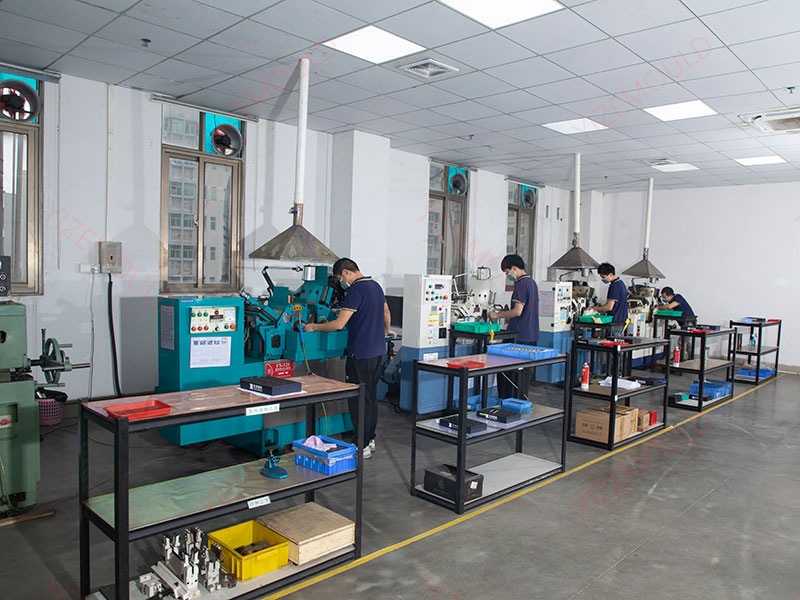How to machine tungsten carbide?
Key machining methods for carbide. Simple Cutting of Carbide, Wire EDM (Electrical Discharge Machining): For simple cutting of carbide, fast wire or medium wire cutting is utilized. Drilling and Shaping, […]
Key machining methods for carbide.
- Simple Cutting of Carbide,
Wire EDM (Electrical Discharge Machining): For simple cutting of carbide, fast wire or medium wire cutting is utilized.
- Drilling and Shaping,
Wire Cutting: When dealing with piercing and irregular edges, wire cutting is the preferred method.
Our factory business: carbide parts, mold parts, medical injection molds, precision injection molds, teflon PFA injection molding, PFA tube fittings. email: [email protected],whatsapp:+8613302615729.
- Complex Shapes,
Casting Mold Processing: For highly complex shapes, direct processing with casting molds is advisable.
- Flat or Cylindrical Surfaces,
Grinding: Choose grinding for flat or cylindrical surfaces.
- Non-Through Irregular Holes,
Electrical Discharge Machining (EDM): For irregular holes that don’t go all the way through, EDM is the suitable choice.
- Carbide Tips,
PG Curve Grinding: PG curve grinding machines are used for machining carbide tips.
- R Chamfers or Curved Profiles
CNC Turning: For R chamfers or profiles with curves, CNC turning is employed.
Machining methods for carbide, particularly tungsten carbide, require careful selection based on the part’s drawing and shape. This article will cover various machining methods suitable for different scenarios, from simple cutting to complex shapes, and explore effective techniques for ensuring precision and quality.

Machining techniques for carbide
1. Cutting
Cutting is a common method for handling tungsten carbide, including turning, milling, drilling, etc. Due to its high hardness, special carbide tools are required, along with carefully chosen cutting parameters like speed, feed rate, and depth. The brittleness of tungsten carbide necessitates reduced machining forces to avoid material fracture.
2. Grinding
Grinding is a common precision machining method for tungsten carbide, especially when high accuracy and surface finish are required. It includes surface, external, and internal grinding. Proper abrasives and tools selection is critical, along with controlling grinding speed, depth, and coolant usage. The high hardness of tungsten carbide can lead to wear and thermal deformation, hence the need to control grinding temperature and depth.
3. Electrical Discharge Machining (EDM)
EDM is effective for machining hard-to-machine materials like tungsten carbide, suitable for complex holes and shapes. This method requires special equipment and electrodes, along with CAD software for controlling the movement. It’s crucial to ensure a dry, clean environment and properly control the distance, charge, and discharge energy between the electrode and the workpiece.
4. Other Specialized Methods
- Wire EDM: For simple carbide cuts.
- Wire Cutting: For drilling, irregular edges.
- Casting Mold Processing: For complex carbide parts.
- PG Curve Grinding: For machining carbide tips.
- CNC Turning: For R chamfers or curved profiles.
With technological advancements, machining techniques for carbide are continually improving. It’s essential to consider the material characteristics, machining methods, and equipment choice comprehensively. Our goal is to achieve high-quality, precise, and efficient production with suitable machining technology.
Have you faced any challenges when machining carbide, or do you have any special machining tips and experiences you would like to share? Feel free to discuss and exchange in the comments section!






